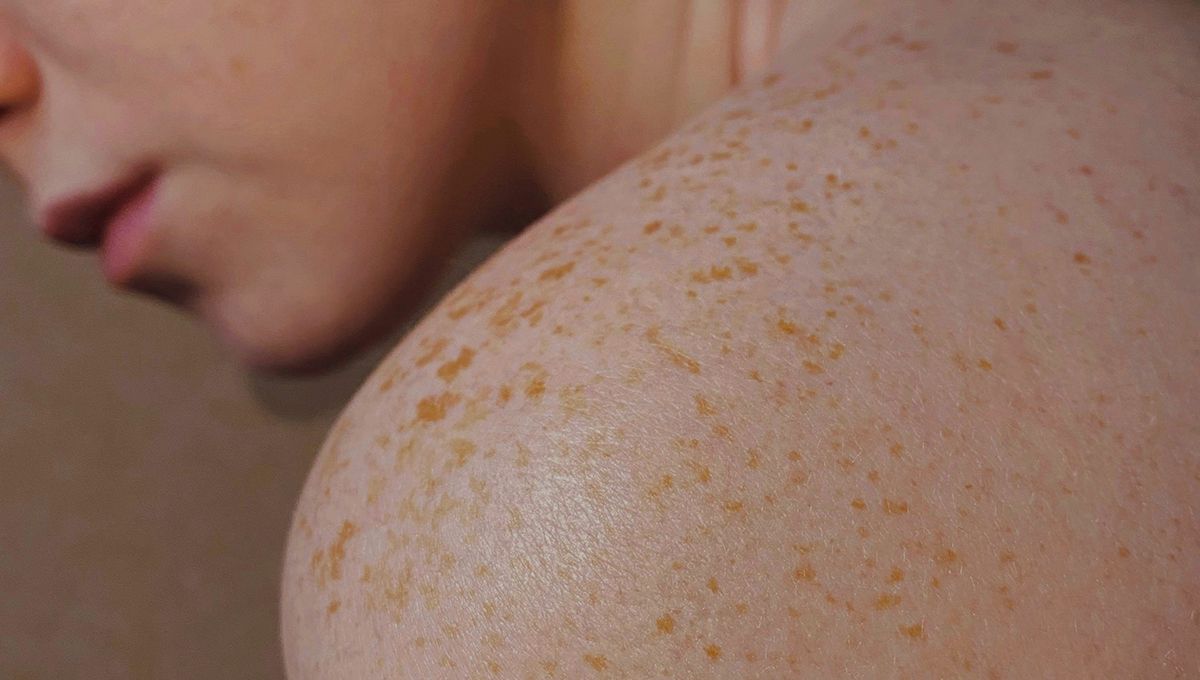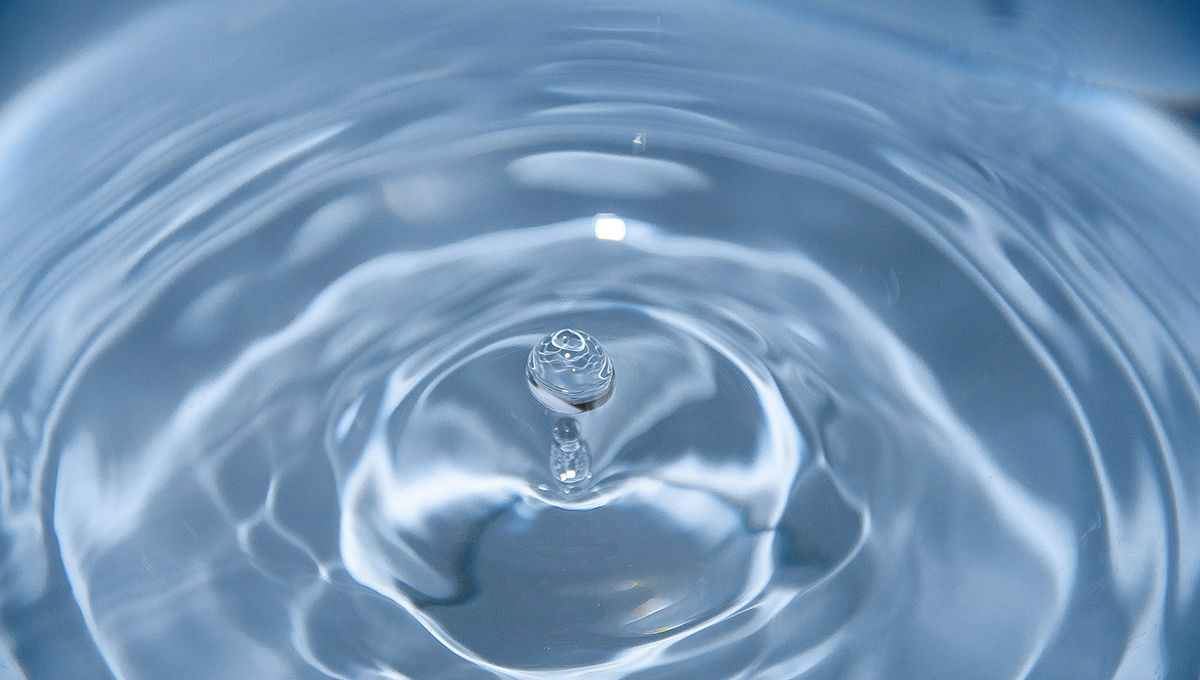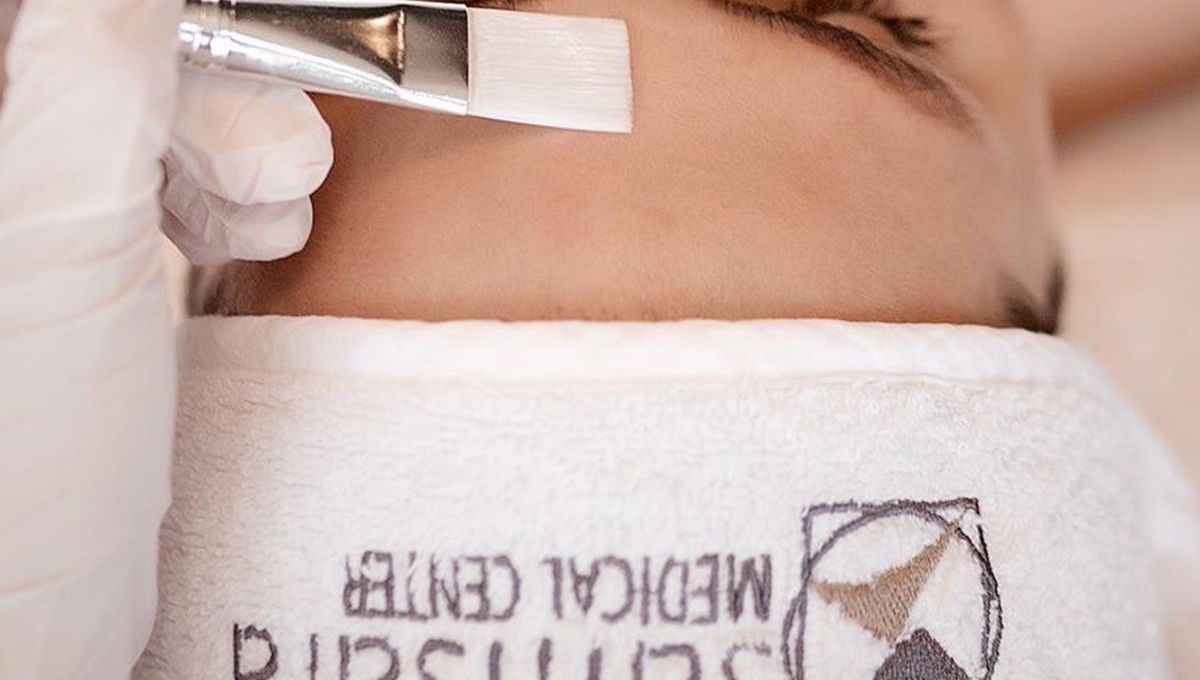
The latest in regenerative medicine: Hexosomes
Regenerative medicine is that branch of medicine that aims to replace or reconstruct tissues, cells and organs by 'stimulating' their repair and/or regenerative capacities.
A new method for promoting cell and therefore skin regeneration are exosomes, i.e. micro-vesicles that act as 'messengers' to transport and send messages to the cells to be stimulated.
They can be of plant origin, e.g. extracted from flowers, or animal, such as from fish, or even bacterial, in particular from lactobacillus, and human, extracted from umbilical cord blood or fat cells. It is important to emphasise that exosomes of human extraction cannot be used in Europe to date.
How do exosomes act?
These micro-vesicles are able to regenerate cells, specifically the basement membrane, and rebuild it, improving age spots that have formed over the years. The spots in fact form due to keratinocytes within the membrane. By restoring the basement membrane, so as to rid it of these keratinocytes, the exosomes help to reduce the spots accordingly. In addition to this, they help in the stimulation of collagen, brightening and, above all, rejuvenation of the skin..
How are exosomes used?
Their use to date is exclusively topical, i.e. they cannot be injected. They are therefore applied directly to the skin after 'damage' has been done to it, e.g. by microneedling or fractional radiofrequency (with needles).
At our aesthetic medical centre in Lugano, this novelty is already available as part of an anti-ageing Microneedling protocol. Should you wish to book a consultation to assess your case or book an appointment, do not hesitate to contact us!
Photo by National Cancer Institute on Unsplash









